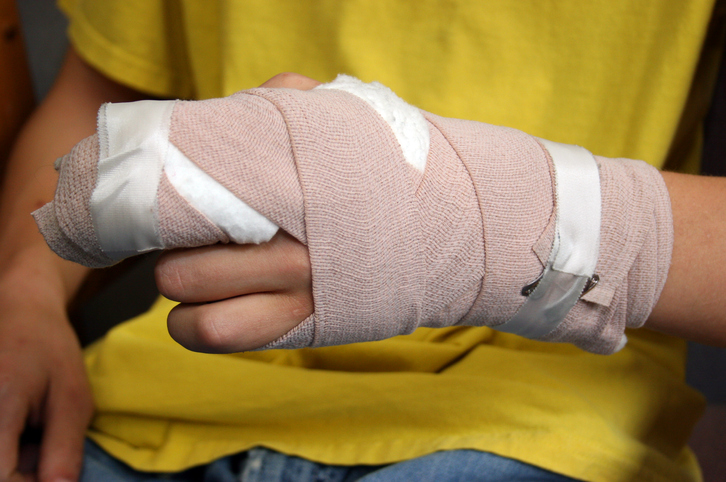According to the Center for Disease Control, the U.S. Fire Administration, and the National Fire Protection Association (NFPA), every year, there’s an average of 358,300 home-based fires. The winter (December, January, and February) is the peak time of year for heating fires. The recent devastating fires in a Philadelphia row home and a Bronx high-rise building are stark reminders of the damage and loss of life that can occur.
While fire prevention and the establishment of a fire escape route is the best line of defense, it’s important to know what to do in the event that you suffer a burn injury. Here’s the good news: with the proper medical attention, the survival rate for burn victims sits at 97 percent.
Major burns are deep, cause the skin to be dry and leathery, may be white, brown, black, or charred, and are larger than three inches in diameter or cover a major joint, the hands, feet, groin, buttocks, or feet. However, it can still be helpful to identify the degree of burn that you have suffered. After a serious burn, it’s always imperative that you seek medical attention. However, it’s always good to be able to identify the severity of a burn.
First-Degree Burn Injury
First-degree burns usually present as skin that is red and painful to the touch. First-degree burns only injure the outermost layer of the skin and therefore generally heal within a few days of the injury. However, even first-degree burns, when covering a lot of the body should be treated by a medical professional. If your first-degree burn is limited to a small area on the body (e.g. burning a finger on an ironing board or hair straightener), home remedies may be enough. Treatment for these minor burns often involves cool compresses, antibiotic ointment, and sterile bandages. One of the most common types of first-degree (radiation) burns is a sunburn.
Second-Degree Burn Injury
No matter how minor it may be, second-degree burns always require immediate medical attention and treatment by a health professional. Second-degree burns often present as deep red skin or blisters with possible skin loss and significant pain.
Third- and Fourth-Degree Burn Injuries
You may be surprised to learn that third- and fourth-degree burns may actually be painless at first. However, if you have suffered either level of burn, it is essential that you seek emergency medical care immediately. While you are waiting for emergency help, cover the area of the burn with a cool, moist bandage or a clean cloth and elevate the area above the heart when possible. Do not immerse large burns in water since that can cause hypothermia.
These burns destroy the epidermis and dermis and may impact the innermost layer of skin, the subcutaneous tissue. Fourth-degree burns may even impact your tendons, muscle tissue, and nerves. These degrees of burns may present as either white or blackened and charred. They can result in permanent disfigurement and a medical professional can help to minimize the potential for complications.
The Attorneys at Ceja Law Firm Help Those in Houston Who Have Suffered a Burn Injury
If you have suffered a burn injury due to the recklessness or negligence of another, it’s vital that you understand to what you are entitled under the law. With this information under your belt, you can make important decisions regarding how you want to move forward. That’s why it’s in your best interest to consult with a knowledgeable and experienced Texas personal injury attorney.
At Ceja Law Firm PLLC, we understand the impact that burn injury can have on many parts of your life and the importance of properly dealing with the negligence or recklessness that caused it. That’s why we will work to get you the compensation that you deserve. To learn more or to schedule a free consultation, contact us today!










